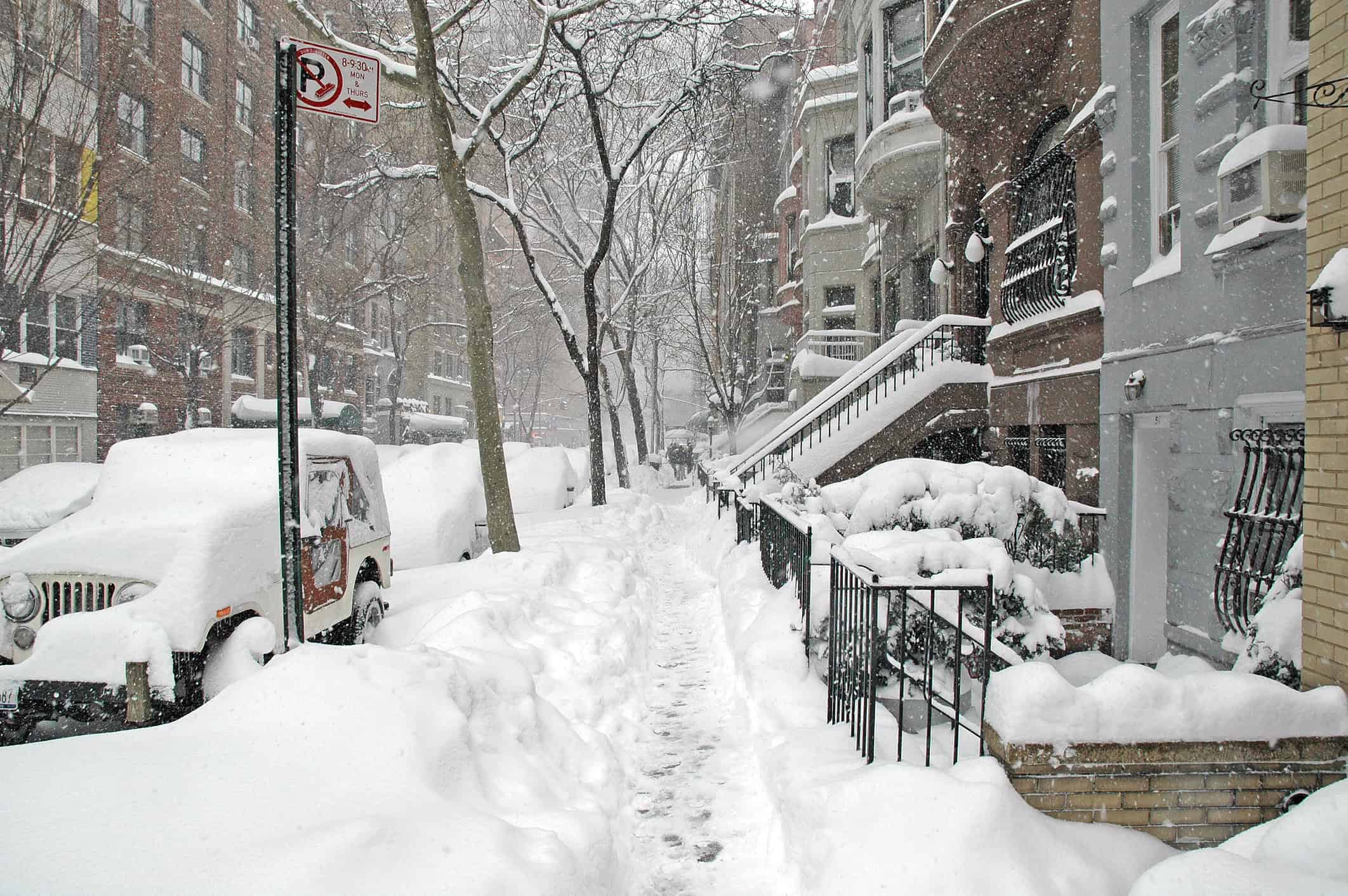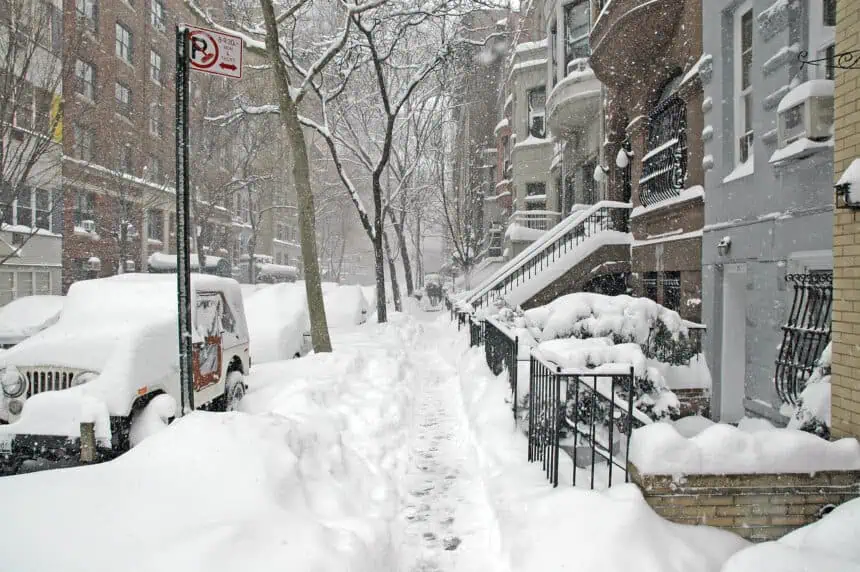
A powerful oceanic anomaly is now developing deep in the Indian Ocean, and it could dramatically reshape the course of winter 2025/2026 across North America. Though it’s happening thousands of miles away, this climatic shift is already disrupting the global weather circulation, with significant effects expected over the United States and other parts of the Northern Hemisphere.
The phenomenon, known as the Indian Ocean Dipole (IOD), reflects a strong thermal imbalance between cooler waters in the western basin and warmer waters near Indonesia in the east. It swings between two states: positive and negative. After hovering in a neutral-to-warm range for much of the year, the index has recently plunged into a negative phase, passing the -0.4°C threshold. Seasonal models now suggest it could dive as low as -1.3°C, a strong level with potential global climate repercussions.
In a negative IOD, a broad atmospheric cell forms as cool air sinks over the western Indian Ocean and warm air rises over the eastern side. This pattern drives major shifts in wind behavior, particularly along the equator. A key factor is the weakening of the trade winds, which allows surface waters to warm up rapidly in the east. In recent weeks, stronger westerly winds have fueled this heating, reinforcing the negative dipole even further.
But this isn’t happening in isolation. The IOD is now syncing with a rising La Niña event in the tropical Pacific, creating a dual-ocean setup. Recent ECMWF forecasts clearly show colder-than-normal sea surface temperatures on the western edge of the Indian Ocean, with intense warm anomalies on the eastern side. This contrast supports a deepening negative IOD. Meanwhile, a sharply warming North Atlantic is acting as a climate bridge between the Pacific and Indian Oceans, enabling inter-oceanic climate feedback.
Historically, winters that follow a negative IOD have shown consistent large-scale patterns. A broad low-pressure system tends to dominate over Canada, extending into the Northeastern United States and out into the Atlantic. Simultaneously, a high-pressure anomaly builds over Greenland, creating an atmospheric block that enhances the Canadian low.
In terms of temperature trends, long-term records highlight colder-than-average anomalies across Western Canada, the Northern Plains, and much of the Western U.S. The East Coast typically sees milder readings, though large reserves of Arctic air to the west often spill eastward multiple times during the season.
January 2026, which typically marks the heart of winter, is expected to show a neutral to slightly cold signal across Southern Canada and large swaths of the northern U.S. This could pave the way for strong north-to-south cold air advection, echoing patterns from previous winters influenced by negative IODs.
Another major signal is snowfall. Historical maps show a clear increase in snow events across the Pacific Northwest, the Midwest, the Northeast, and even parts of the Great Plains and Southeast. This snow surplus is directly linked to the La Niña–IOD synergy, which enhances atmospheric contrasts and fuels storm development.
Europe could also feel the impacts. While a negative IOD doesn’t guarantee three solid months of cold, it tilts the seasonal pattern toward a colder-than-average setup, particularly when other atmospheric drivers fall in line.
With a developing La Niña, an exceptionally warm Atlantic, and a strengthening negative IOD, the stage is set for a highly dynamic and potentially colder-than-normal winter across key regions of North America.
Credits
Research Sources:
- NOAA Climate.gov – Indian Ocean Dipole Research
- NASA Goddard Space Flight Center – IOD Monitoring
- Australian Bureau of Meteorology – Indian Ocean Climate Influences
- Nature Communications – IOD Climate Change Research
- NOAA Physical Sciences Laboratory – Climate Data
- PNAS – IOD Early Warning Systems
- PubMed Central – IOD Variability Studies
- World Climate Service – IOD Impact Analysis









